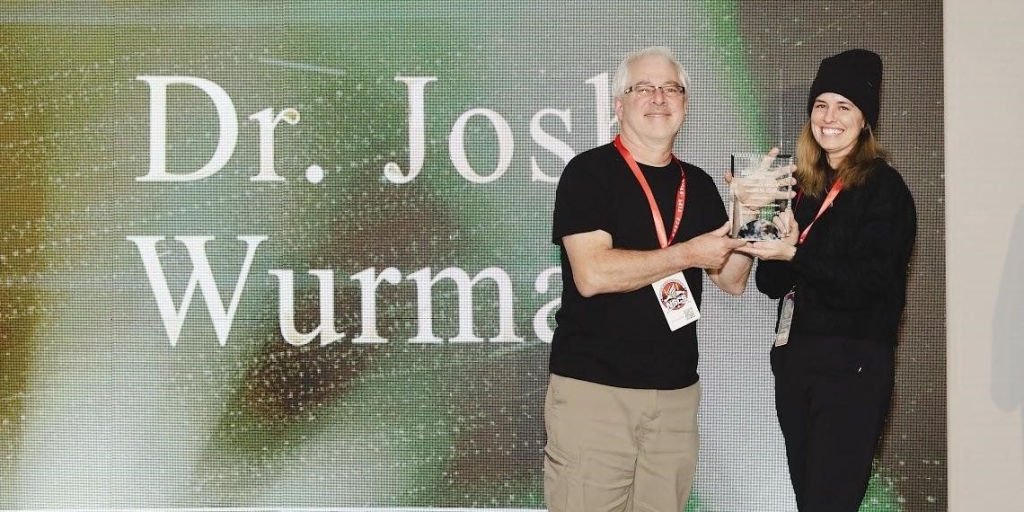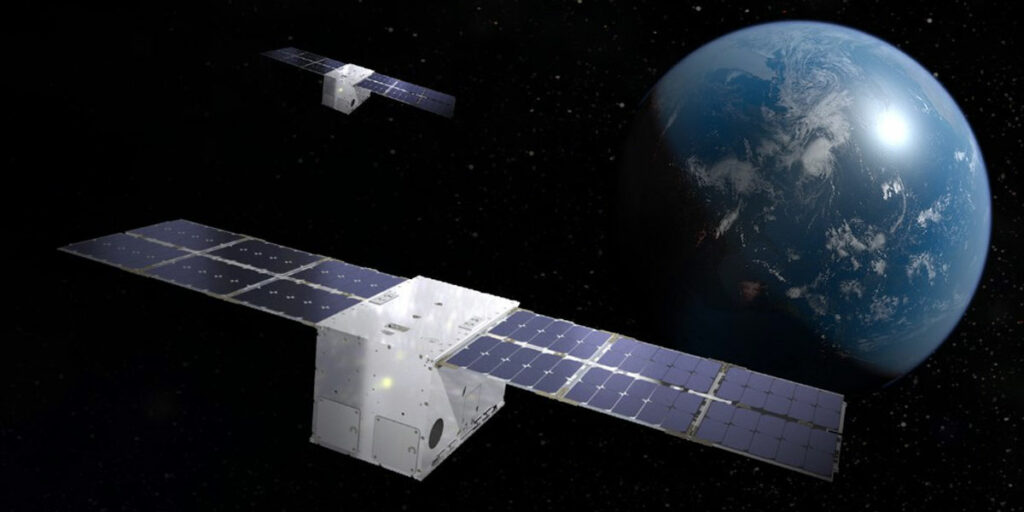The University of Alabama in Huntsville (UAH) Department of Atmospheric and Earth Science this spring will become the home base for a new instrument designed to help scientists study aerosols in the atmosphere.
UAH, along with Georgia Tech, will become only the second university in the Southeast to have procured this specialized tool.
The instrument is called the Filter Inlet for Gases and Aerosols High-Resolution Time-of-Flight Chemical Ionization Mass Spectrometer. It will be shared by UAH and three partner universities.
According to the release, the university’s professor of atmospheric science Dr. Shanhu Lee received a $349,000 National Science Foundation (NSF) Major Research Instrumentation (MRI) grant to obtain the instrument. It will allow for the real-time molecular level measurement of atmospheric gas-and-particle-phase compounds. Institutional cost share of $149,760 will be provided by the UAH Earth System Science Center.
The spectrometer will be utilized to conduct atmospheric aerosol research at UAH and shared with University of Georgia, the University of Iowa and the University of Delaware. UAH says others may be added in the future.
Dr. Lee explained the use and purpose of the new instrument.
“This instrument does two unique things,” said Lee. “One is to measure chemical composition of small clusters – either electrically charged or neutral – formed in the atmosphere. Second is to measure chemical composition of aerosol- and gas-phase species, simultaneously.”
She added, ‘The main reason behind this research is to understand the aerosol effects on global climate, air quality and human health. My group is conducting new particle formation studies via laboratory observations and filed observations. We want to know how naturally emitted vs. pollutant trace gases are oxidized in the atmosphere to form aerosol particles.”
The release says the spectrometer will provide the important chemical fingerprints of chemical compounds that play critical roles in the new particle formation processes.
Lee concluded, “There may be some co-effects, either enhancing or suppressing, when we mix different chemical compounds emitted from different sources. Understanding these mixing effects will help to better predict cloud production, because in the real atmosphere, we always have many different types of chemical compounds mixed together – as opposed to homogeneous compounds – and they constantly evolve through chemical reactions.”
Dylan Smith is a staff writer for Yellowhammer News. You can follow him on Twitter @DylanSmithAL













